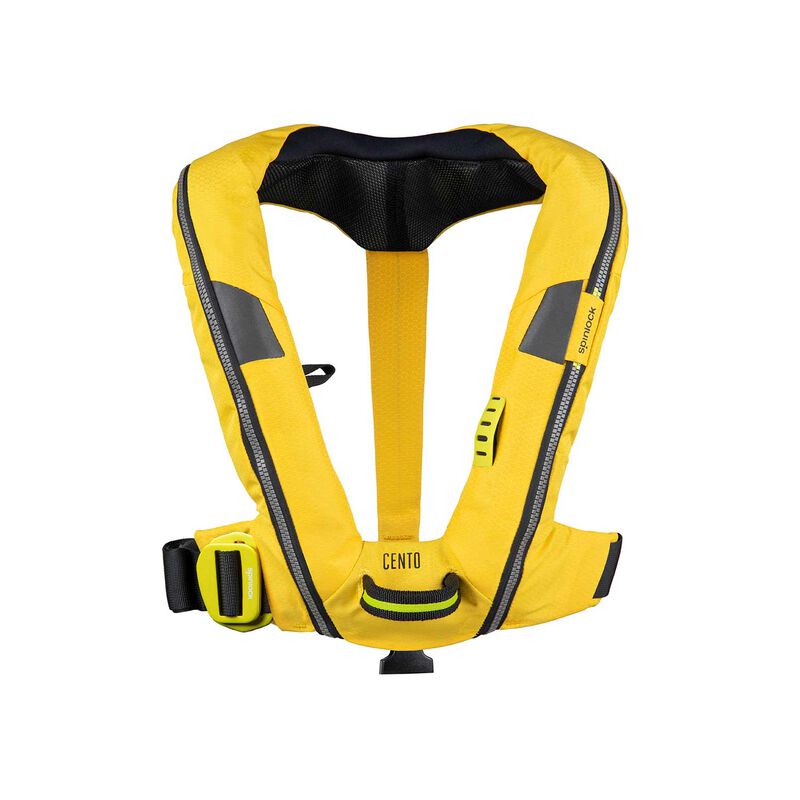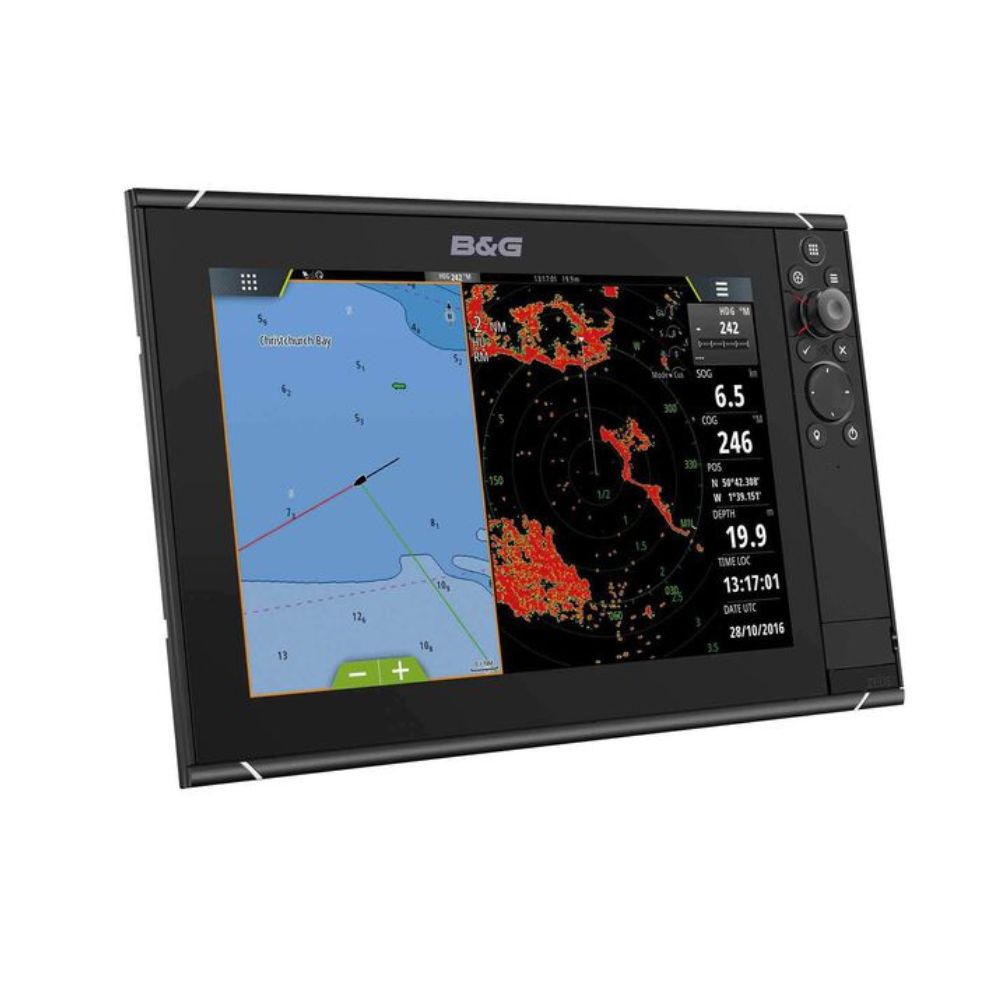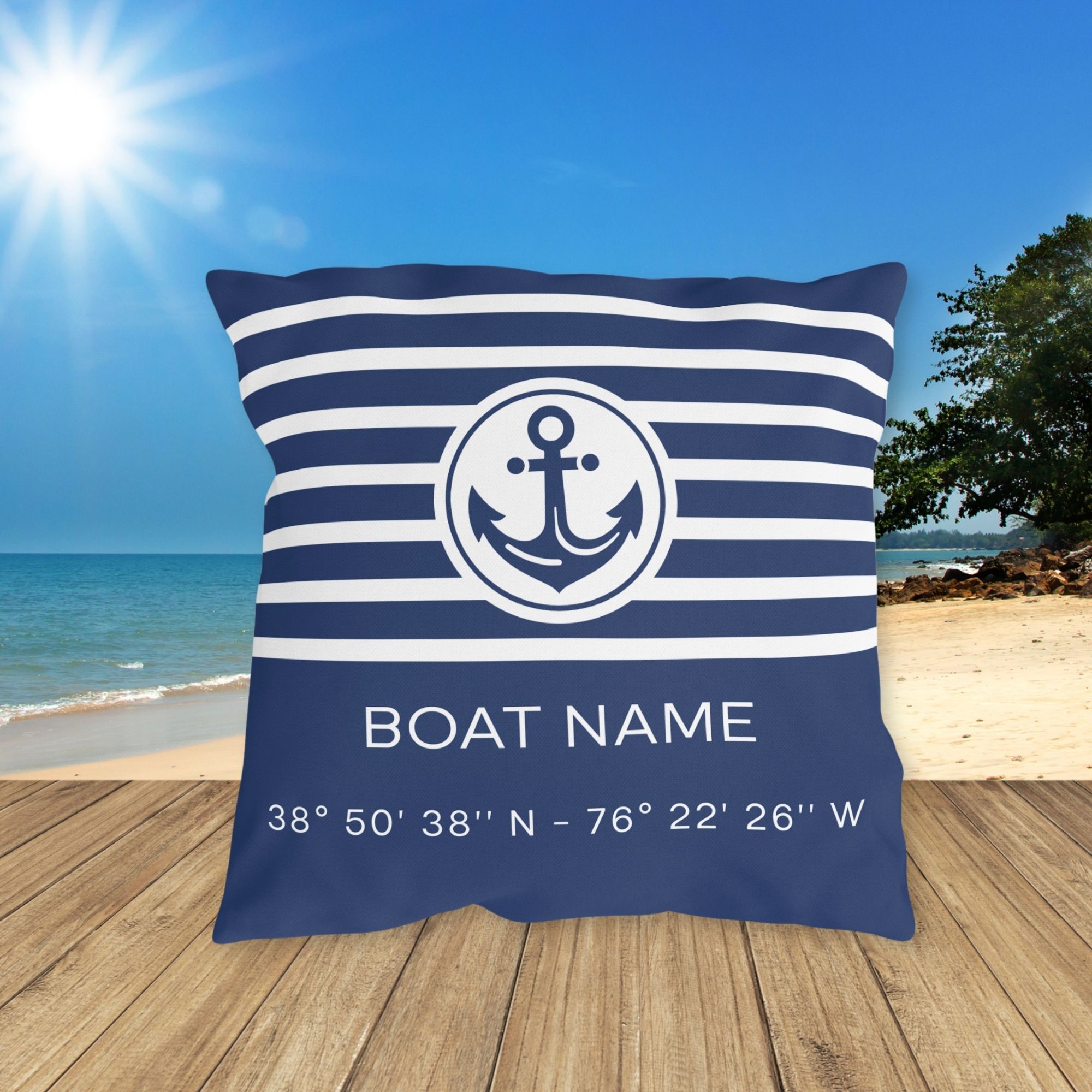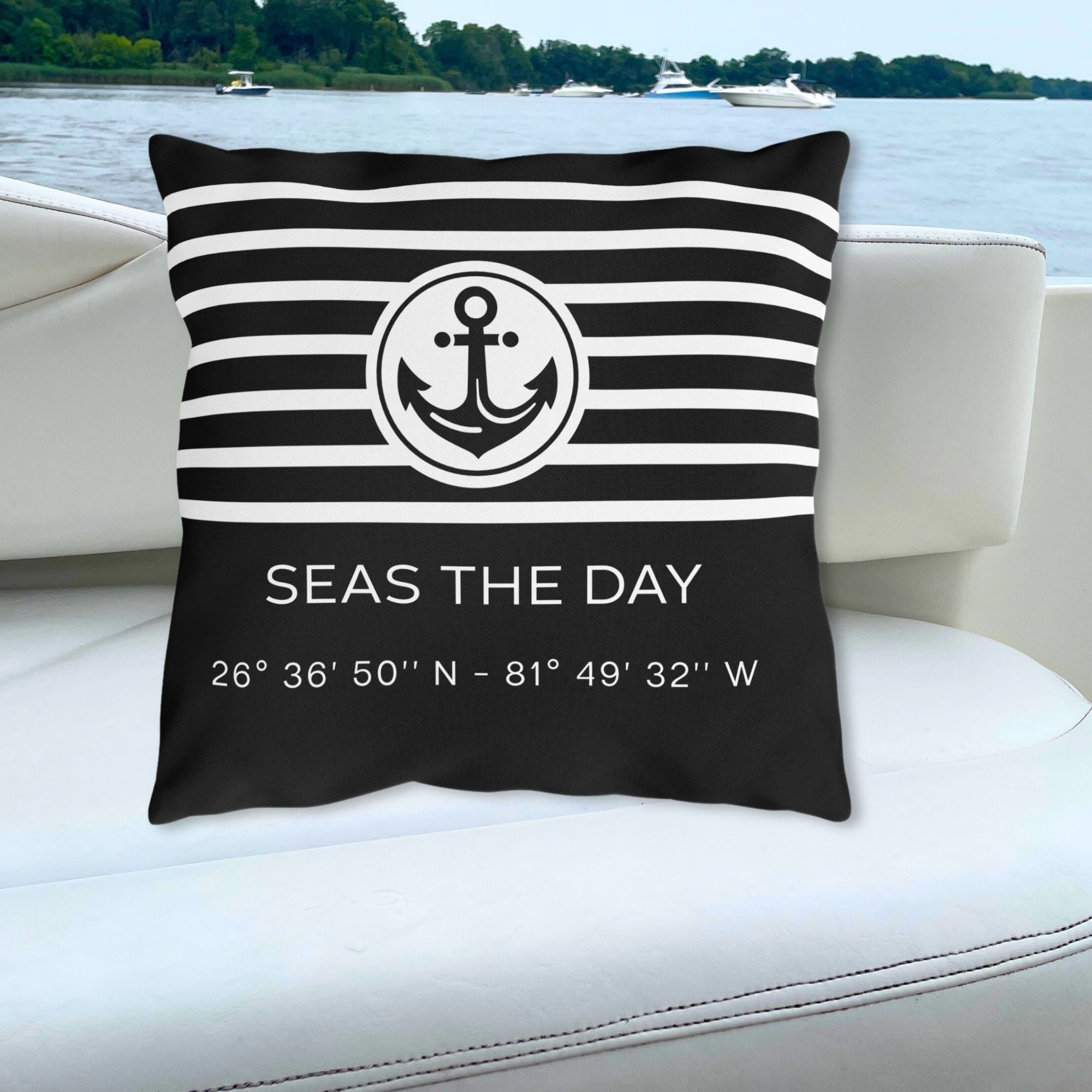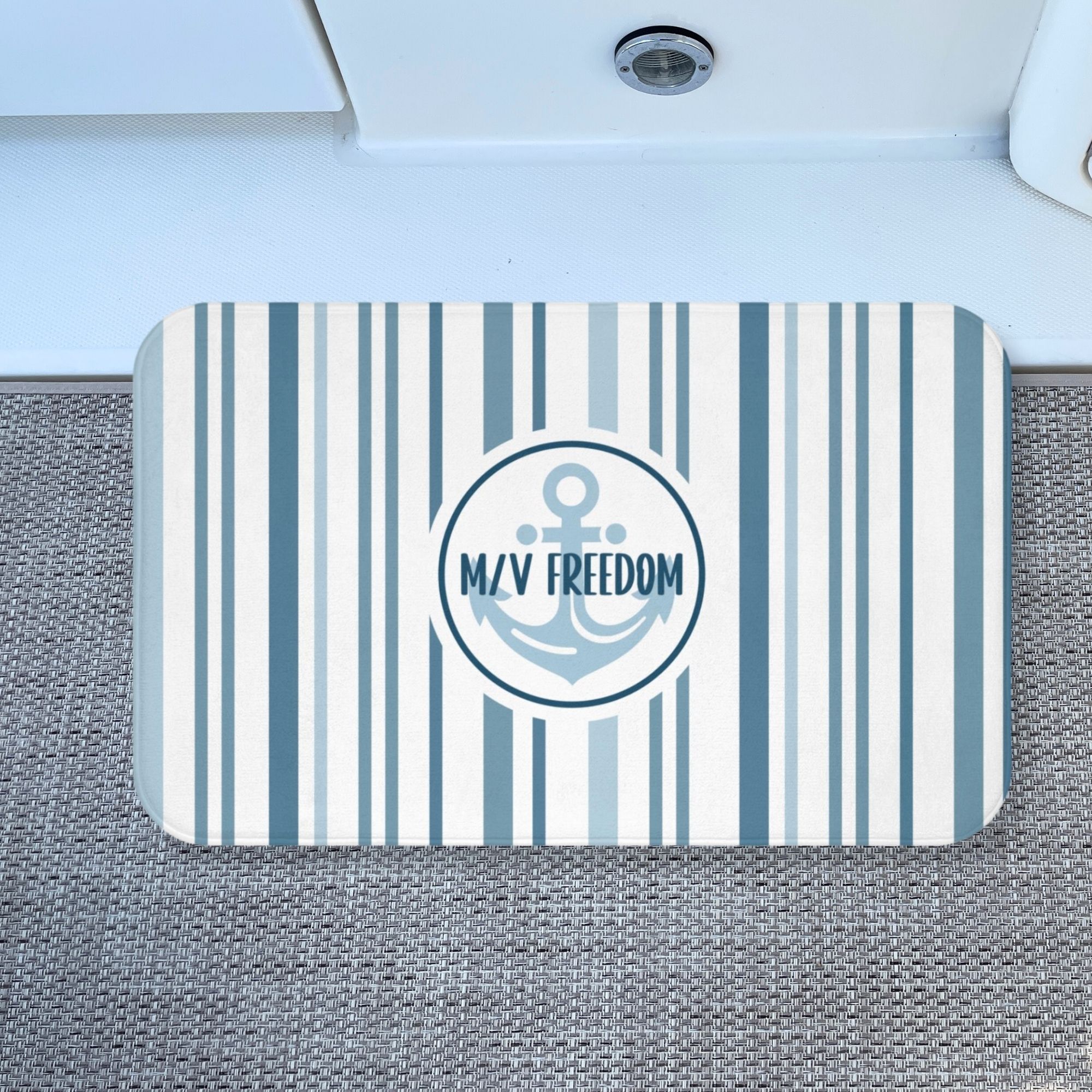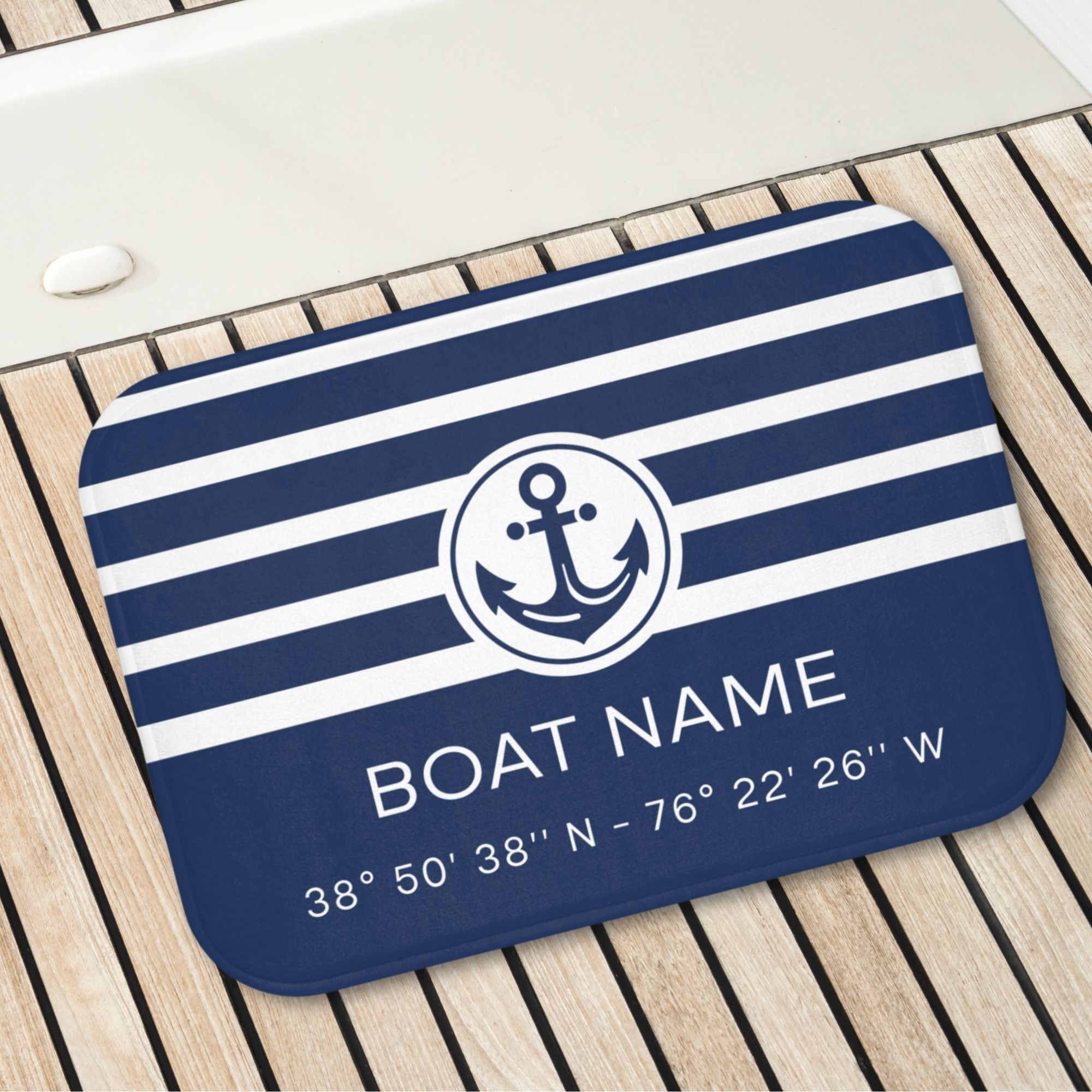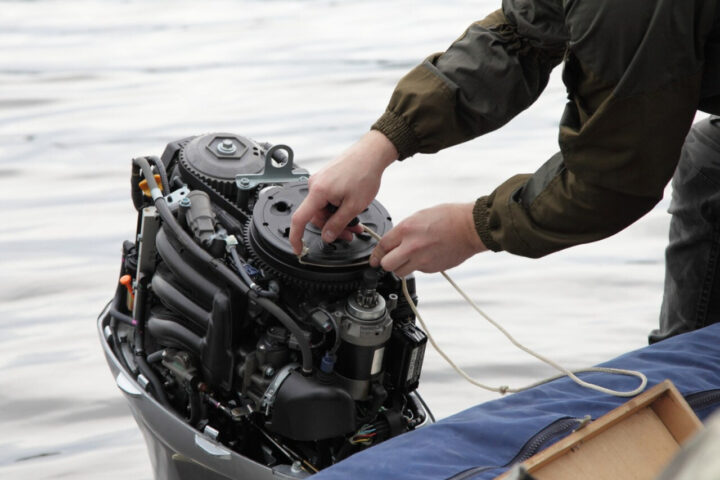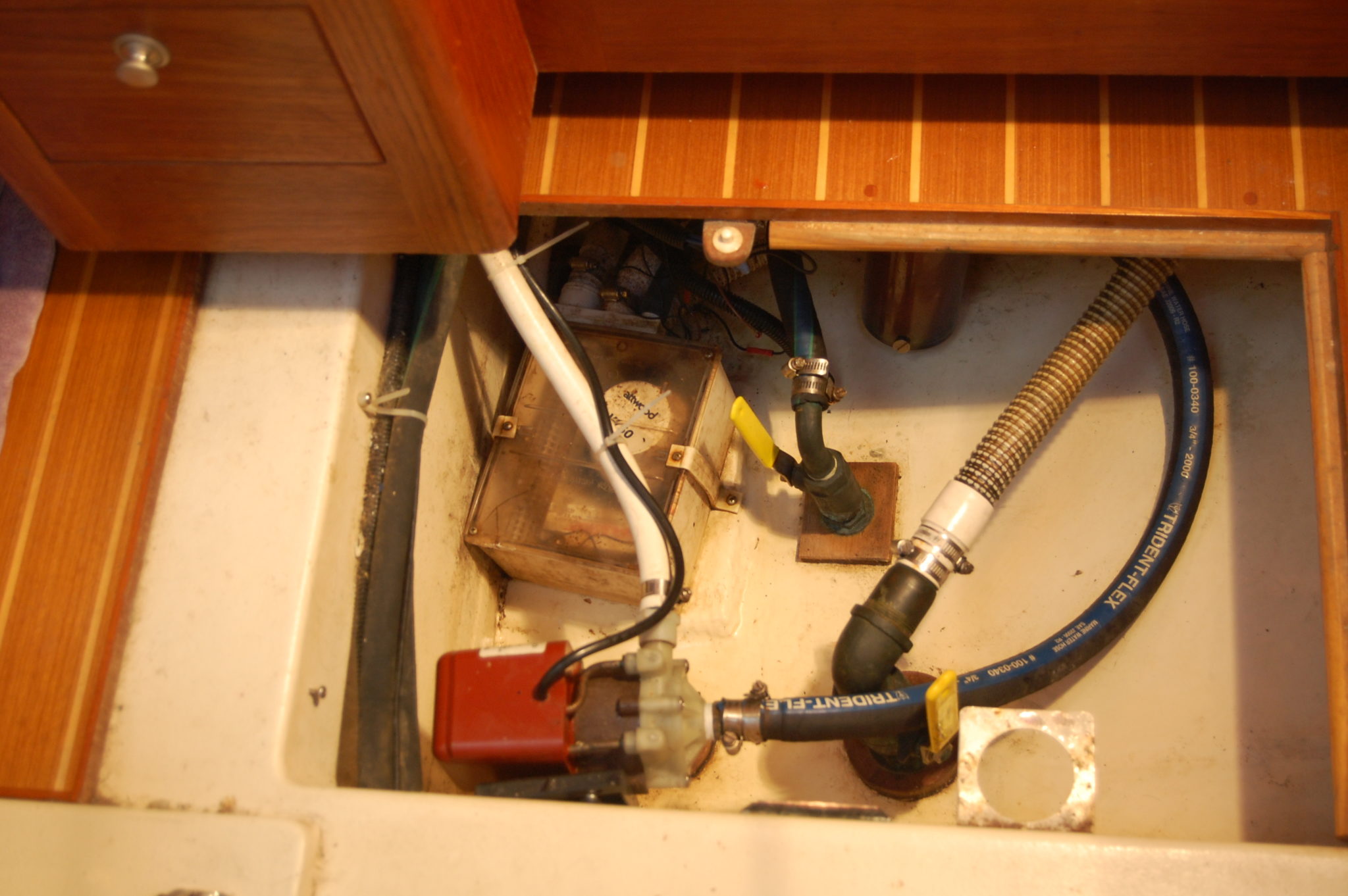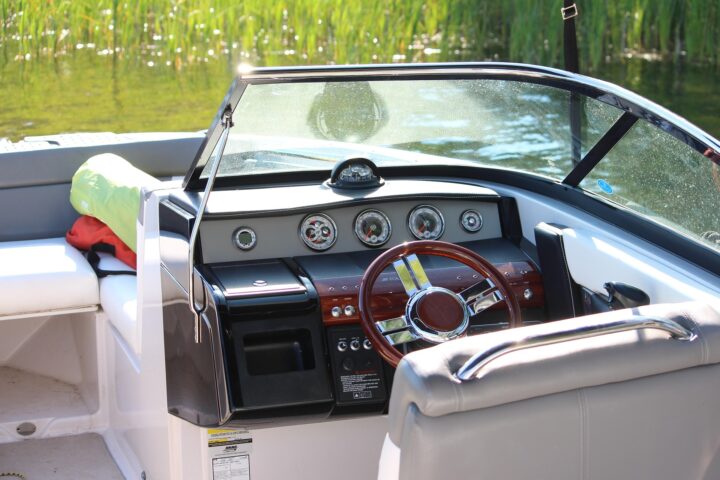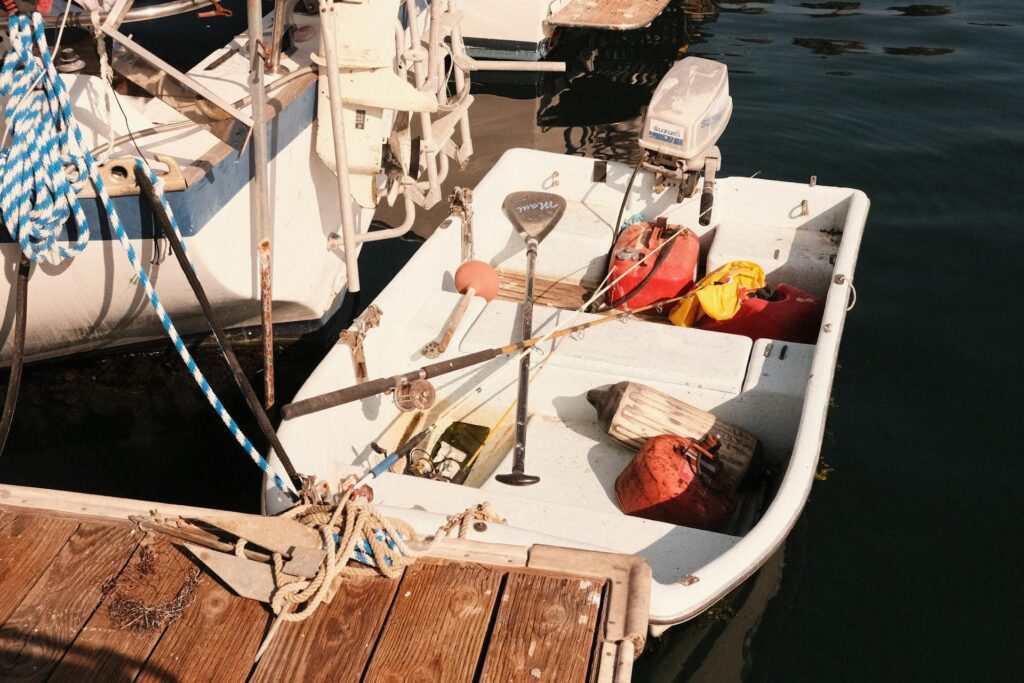
When you’re out on the water, there’s nothing more unsettling than discovering plumbing issues on your boat. From clogged drains to malfunctioning water systems, these problems can quickly turn your enjoyable day into a stressful ordeal. Understanding the signs that indicate your boat’s plumbing system requires professional attention and can save you time, money, and frustration.
Here are some key signs to look out for.
Low Water Pressure and Inconsistent Flow
Low water pressure on your boat is one of the first signs that something may be wrong with the plumbing. Whether it’s the shower, sink, or even the toilet, a decrease in water flow could point to many potential issues. A clog, a leak, or a failing pump could be the culprit. In some cases, the issue may be as simple as air trapped in the system, but if the problem persists, it might be a sign of more serious issues, such as damage to the pipes or the water pump.
Fixing this could involve inspecting the system thoroughly to identify and address the root cause. Experts like Drain to Drain Plumbing professionals may be able to pinpoint where the pressure drops are happening and how to resolve them. This way, you will be safe on your next journey.
Foul Odors from the Water System
A strong, unpleasant smell from your boat’s water system is a telltale sign that the plumbing needs attention. This could be due to stagnant water, bacterial growth, or a blockage in the pipes. When wastewater sits in the system for too long, it can cause it to emit foul odors, which can affect the air quality on your boat and be hazardous. If the smell persists even after flushing or running water, it’s best to call in a professional to inspect the system and clean out any debris or bacteria that may have accumulated.
Slow or Clogged Drains
Slow-moving drains are a common issue that many boat owners face. Whether it’s the sink, shower, or toilet, if water drains slowly or backs up, it could indicate a blockage in the plumbing system. Over time, debris, food particles, or soap scum can accumulate in the pipes, leading to clogs that reduce water flow. If the problem is severe, it could cause a complete backup, leading to an even bigger mess. Cleaning out the pipes and ensuring proper drainage should be a priority before it gets worse.
Water Leaks and Dampness
One of the most concerning signs that your boat’s plumbing needs attention is the presence of water leaks or dampness around the pipes. Leaks may develop at various points in the plumbing system, including connections, hoses, or seals. Over time, these leaks can cause structural damage, mold growth, and further corrosion to the plumbing. Inspecting for damp spots, wet patches, or water pooling in areas where it shouldn’t be is a quick way to catch leaks before they become a larger problem. Prompt attention from a professional plumber can help minimize the risk of water damage to your boat.
Unusual Noises in the Plumbing System

Your boat’s plumbing system should operate quietly and efficiently. If you start hearing unusual noises such as gurgling, banging, or hissing sounds, it may indicate an issue within the system. Gurgling could point to air trapped in the pipes or a clogged drain, while banging sounds may be the result of a water hammer, which occurs when water abruptly stops flowing. Hissing could indicate a leak or problem with the pump. Any of these sounds signal that it’s time for a professional to assess the plumbing system.
Ineffective or Non-Functional Toilets
An ineffective or non-functional toilet on a boat is not just an inconvenience—it can quickly become a significant issue that affects the overall functionality of your plumbing system. On a boat, where space is limited and plumbing systems are designed to be compact, a malfunctioning toilet can disrupt your entire day on the water.
Issues with toilets can manifest in various ways, from difficulty flushing to the tank failing to fill up properly or even the inability to dispose of waste. One of the most common reasons for toilet malfunctions is a clogged system, often caused by improper items being flushed down, such as non-biodegradable materials or excessive toilet paper. When a toilet becomes clogged, it can cause waste to back up, leading to unsanitary conditions and a potential overflow that can damage the boat’s interior.
Another common issue is problems with the toilet pump, which may become clogged or worn out over time, preventing the waste from being effectively flushed away. Sometimes, the seals or valves inside the toilet system may deteriorate, causing leaks or improper function. If the toilet is frequently filling slowly or not flushing completely, it may indicate a clog in the discharge lines or problems with the vacuum system used in marine toilets.
It’s essential to have a professional inspect the system to ensure that everything is functioning as it should. Ignoring toilet problems can lead to worse plumbing issues down the line, potentially affecting other areas of your boat’s plumbing, such as the freshwater system or the drains. Regular maintenance and cleaning of the toilet and its components, along with prompt attention to any signs of malfunction, can prevent the need for more costly repairs in the future.
A non-functional toilet can severely impact the comfort and cleanliness of your boat, so addressing this issue as soon as possible will help keep your boat’s plumbing in working order and ensure a more pleasant and hygienic experience while on the water.
Unusually High Water Bills
Unusually high water bills are often a subtle yet clear indicator that something is wrong with your boat’s plumbing system. Even if you haven’t changed your water usage habits, a sudden spike in costs can suggest that water is being wasted somewhere in the system, often due to leaks or inefficiencies.
A small, unnoticed leak in the plumbing can drip water continuously, causing a steady increase in your water consumption without any visible signs. These slow, constant leaks may be difficult to detect, as they often occur in hidden parts of the system like pipes behind walls or under the floorboards. Problems with your water pump or plumbing fixtures that aren’t functioning correctly can lead to water running longer than needed or failing to shut off completely.
This wasted water accumulates, resulting in higher bills. Over time, even minor leaks can cause significant increases in your water usage, especially if they’re left unaddressed. It’s not just about the immediate expense; continuously high water bills could also signal bigger underlying problems that might need a more thorough inspection. In some cases, older or outdated plumbing systems may not be as water-efficient as newer models, and replacing worn-out pipes, fittings, or fixtures could help reduce overall water consumption.
If you notice your water bills climbing, don’t ignore it—having a professional plumber inspect your boat’s plumbing system can identify hidden leaks and inefficiencies before they lead to more serious issues and even higher costs.
Mold or Mildew Growth
Mold and mildew thrive in damp environments, and your boat is particularly susceptible to these issues if there’s a plumbing problem. If you notice the growth of mold or mildew in areas surrounding your plumbing system, it’s a sign that water is leaking or pooling where it shouldn’t be. This can lead to unpleasant odors and potential health risks for you and your crew. A professional plumber will be able to locate the source of the moisture and address the issue before it gets out of hand.
Corroded or Rusted Pipes
Corrosion and rusting of pipes are prevalent issues for boats that frequently operate in saltwater environments. Saltwater is highly corrosive, and over time, it can break down the protective coatings of the pipes, leading to the formation of rust and corrosion. This can occur on both metal and steel pipes, which are commonly used in marine plumbing systems.
When rust develops, it not only weakens the structural integrity of the pipes but can also create small pinhole leaks that allow water to escape, which can be difficult to detect without a thorough inspection. If left untreated, this corrosion can cause the pipes to deteriorate completely, potentially leading to total failure of the system.
Rust and corrosion can contaminate the water flowing through your pipes, leading to discoloration or an unpleasant metallic taste. This can be hazardous to your health and could make using the plumbing system unpleasant and unsafe. Signs of corroded pipes include visible rust spots, discolored water, or a strange metallic odor in the water.
Regular maintenance, inspection, and timely replacement of affected pipes are crucial to preventing further damage. If corrosion is detected early, a professional plumber can replace the pipes before the damage becomes extensive, saving you from costly repairs and lengthy downtime on the water.
Your boat’s plumbing system plays an essential role in ensuring your safety and comfort while on the water. If you notice any of the signs discussed above, it’s time to call in a professional to diagnose and fix the issue before it escalates. Ignoring plumbing problems can lead to costly repairs and unnecessary downtime on your boat. Regular maintenance and early detection of plumbing issues are key to preserving the functionality of your boat’s water systems and ensuring a smooth sailing experience.
Trending Now: Must-Have Boat Gear for Your Boat Life
Trending Now: Custom Boat Decor
-
Boat Pillow with Boat Name & LAT LONG Coordinates
Quick ViewBuy on Etsy -
Boat Pillow with Boat Name & LAT LONG Coordinates- Black
Quick ViewBuy on Etsy -
Coastal Blue Stripes Bathmat with Anchor & Boat Name
Quick ViewBuy on Etsy -
Custom Boat Mat with Boat Name & LAT LONG Coordinates
Quick ViewBuy on Etsy
Disclosure: This site may contain links affiliated with companies where we receive compensation. Also, as an Amazon Associate we may earn from qualifying purchases we refer but it does not impact the price you pay. Full disclosure policy.

